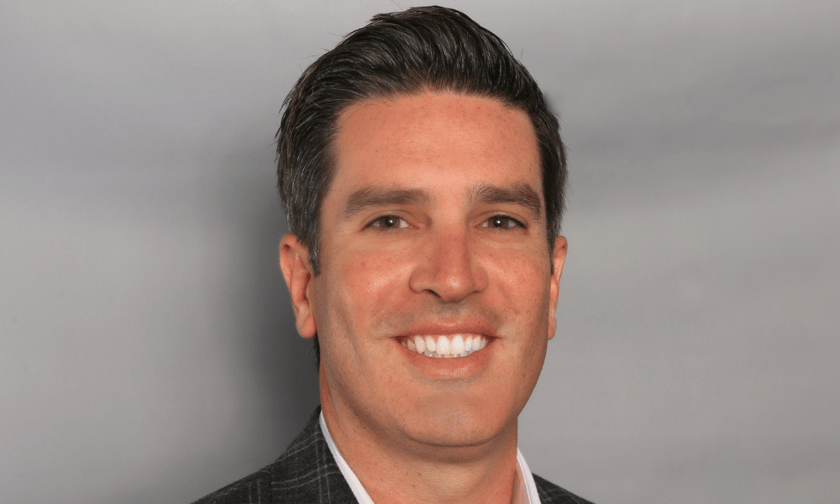

Jett Abramson (pictured), executive vice president, casualty, and national construction practice leader at Amwins Group, has seen firsthand how trends in construction insurance and the factors driving growth have shaped a new reality of the sector.
Reflecting on the unique perspective of an E&S broker, Abramson said that growth in their segment doesn’t necessarily correlate with the industry’s overall expansion.
“The industry could be theoretically shrinking in premium while our segment grows,” he explained. “I’m a casualty broker, so from that narrow vantage point, we’ve seen a shift since the 10-1 renewals in 2019, when the excess marketplace went crazy.”
A significant change has been the reduction in capacity by larger carriers in both standard lines and E&S markets.
“We used to do $100 million umbrella towers with four carriers, sometimes three. Nowadays, if you’re doing $100 million, you’re involving 10 carriers, sometimes more,” Abramson explained. Retailers, once accustomed to direct coverage for the first $10 million to $25 million, are now turning to E&S markets due to reduced direct carrier capacity.
“We started seeing deals four or five years ago that we normally wouldn’t see in the E&S marketplace,” he added.
Sharing an anecdote highlighting this inconsistency in carrier capacity decisions, Abramson remembers an admitted carrier underwriter initially reduced capacity on a deal, only to fully restore it two years later.
“I called him right after the renewal and asked, ‘When were you being stupid? Yesterday or two years ago?’” Abramson told IB. The underwriter admitted that the decision to restore capacity was driven by growth targets rather than risk assessment, which Abramson criticized as shortsighted.
Reinsurance has also become prohibitively expensive, leading to a shift in risk management strategies.
“Our marketplace has become so efficient that we’re effectively acting as if there’s no more reinsurance available at the right price,” Abramson noted.
The growth in casualty insurance is primarily driven by increased litigation finance. “Litigation finance has led to an increase in severity and frequency of claims,” Abramson explained. “The claims that used to be $300,000 are now $3 million, and those that were $3 million are now $10 million.”
Turning to the construction sector, Abramson has observed a resurgence following a period of stagnation due to rising interest rates.
“Interest rates going up increased the cost of mortgages, and construction costs have also increased,” he explained. While some regions like the Central Valley of California and metro areas like Denver and Nashville are booming, developers reliant on debt financing have faced significant challenges.
Abramson also discussed the challenges in the hospitality sector as it recovers from COVID-19. “A lot of America has already burned through the money they saved during COVID, leading to a temporary boom in hospitality,” he noted.
The gig economy, particularly companies involved in micro-mobility like scooter services, faces regulatory and loss challenges. “They’ve been hit hard by regulatory environments and high losses,” he added.
And, addressing regulatory challenges, Abramson points out the impact of COVID-19 on project completions in the construction industry.
“Municipal inspectors were less efficient during and after COVID, delaying the issuance of certificates of occupancy and complicating project completions,” he said.
On innovation in the insurance industry, however, Abramson is sceptical about rapid changes.
“Insurance is very old and slow to change for a reason—predictability,” he explained. “If any insurance company or MGA said they’re going to revolutionize the industry, they’re not. And if they are, it will take much longer than they think. At least people are pushing for change - because if you don’t push, it will never change.”
